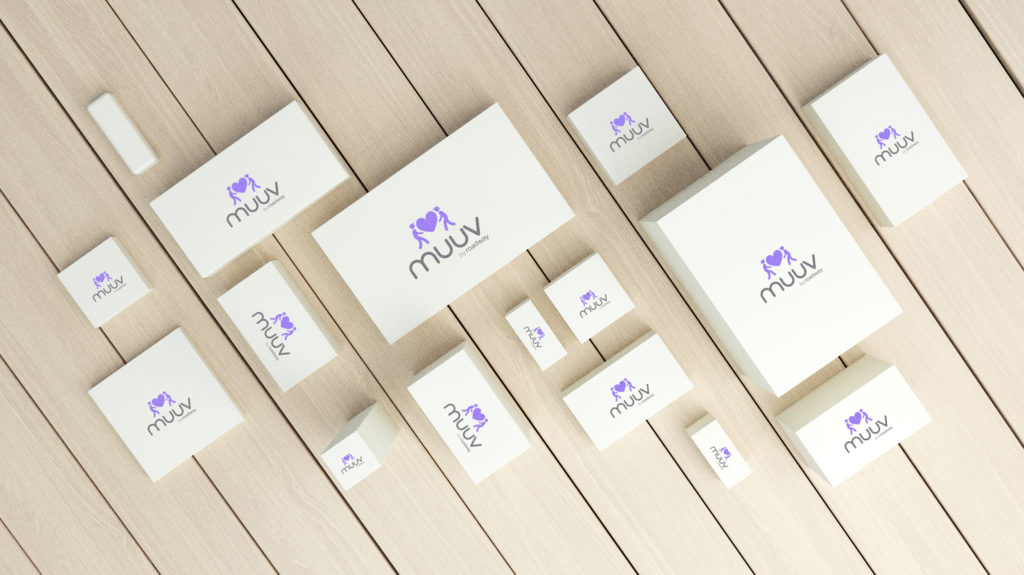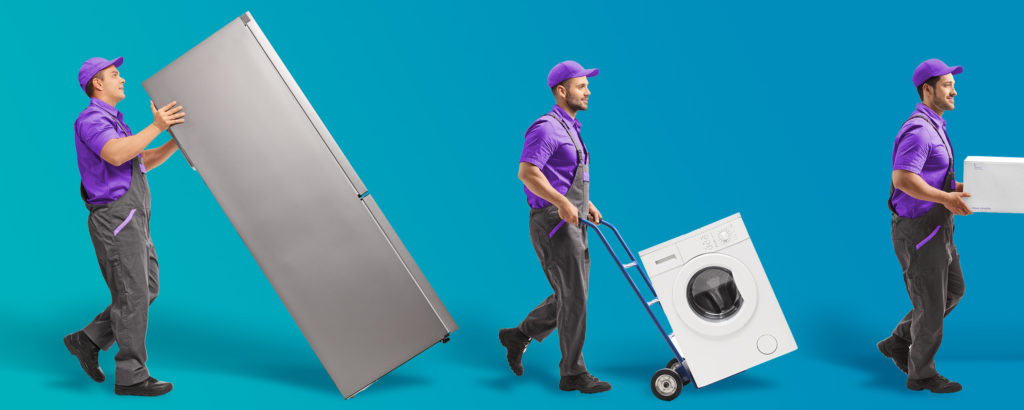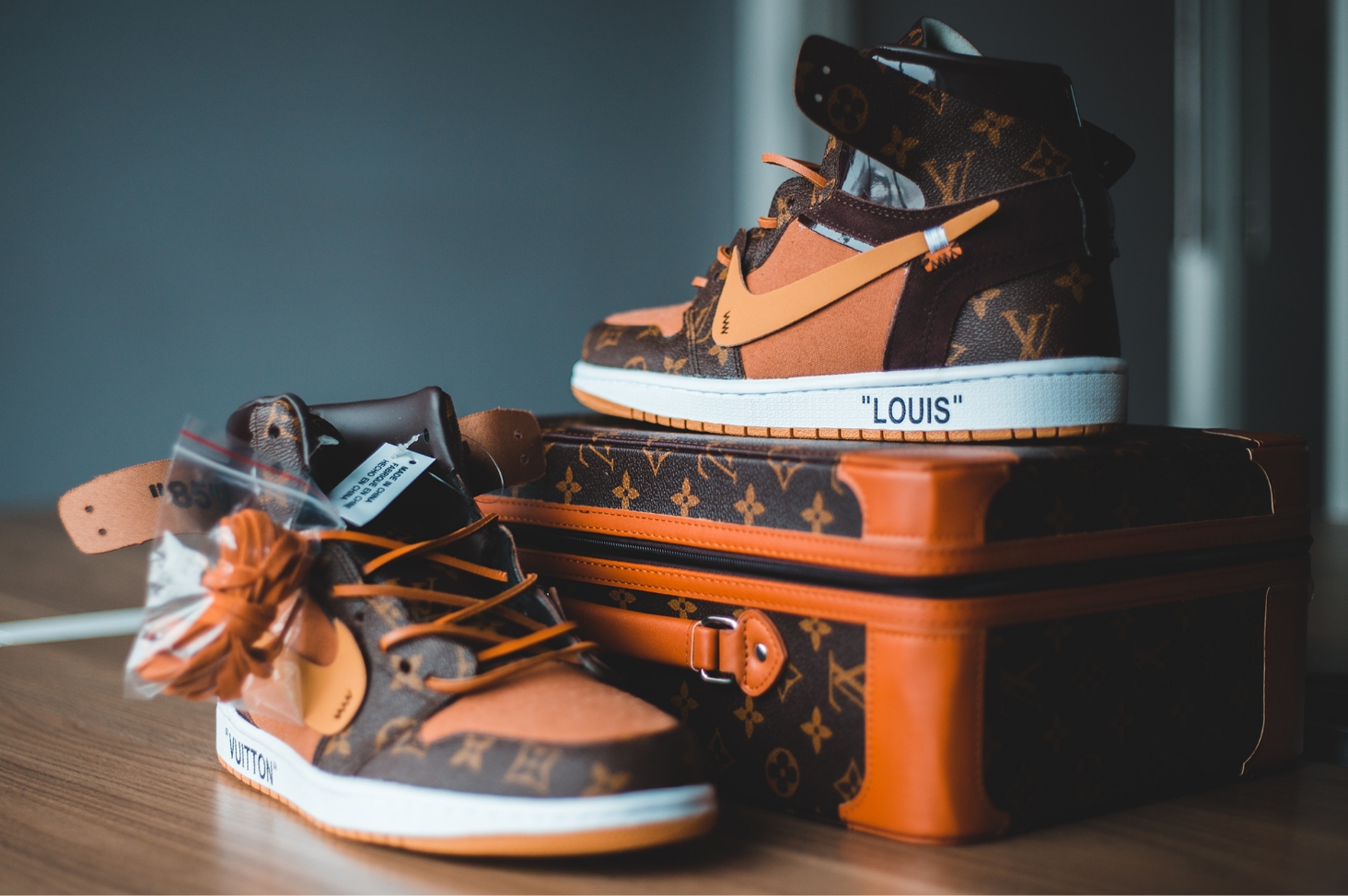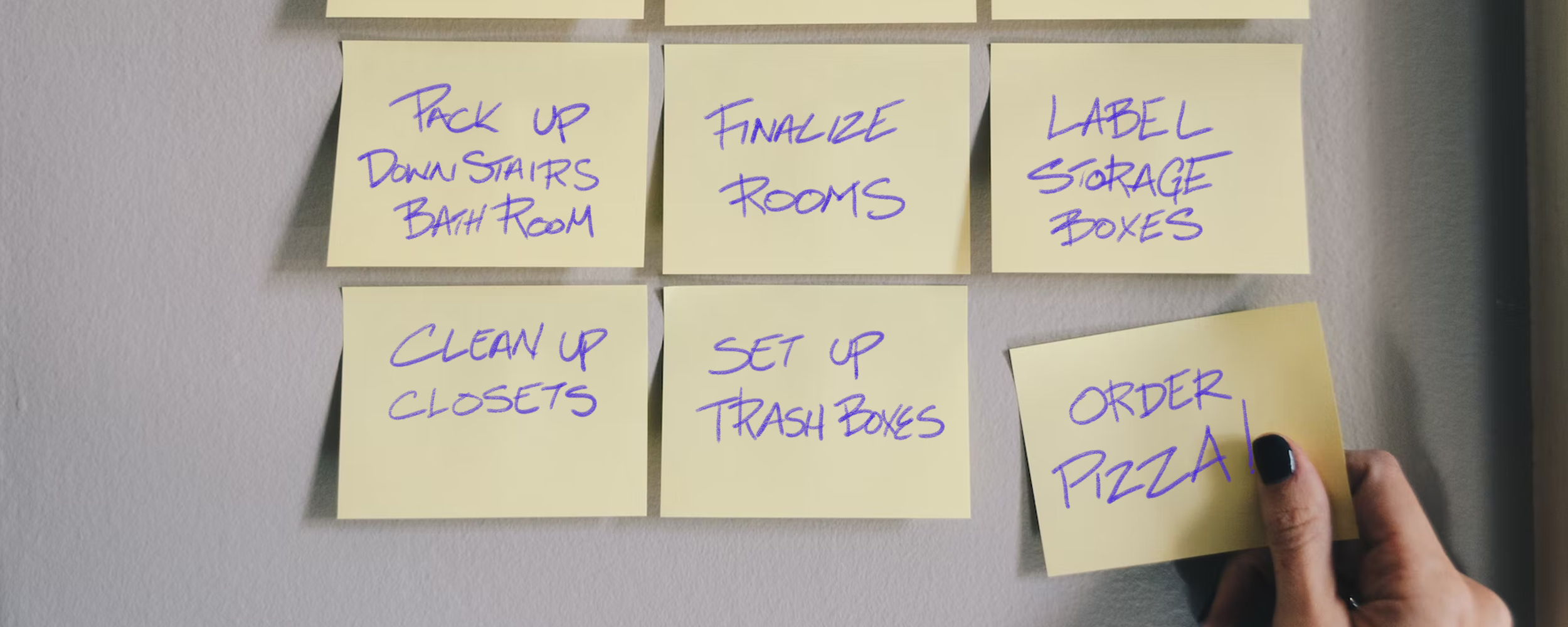
How to Pack Your Kitchen for a Move: The 7-Part Recipe for Perfection

Keep it Cooking...
Julia Child once said, “Learn how to cook — try new recipes, learn from your mistakes, be fearless, and above all, have fun!” The following packing tips will help you take a “fearless and fun” approach when packing up your kitchen for a move:

1. Toss the Things That Don't Matter - Save the Things That Do
Chipped, broken, neglected, and “never used” items should be donated, discarded, or recycled. If you haven't used it in a year or so, throw it away or donate it to a local charity. Packing up things you don’t need adds unnecessary clutter to your life and takes away from the order you are trying to achieve when packing. Keep our disposal service in mind, too. We can help you get rid of household goods, appliances, and furniture, which we can also disassemble if need be. If you'd like to give back to get a fresh start, we can bring these items to the charity of your choice, too.
When you clear out the clutter before you move, you save on the expenses of buying boxes and the energy of carrying or moving things you don’t need.

2. Figure Out How Many Boxes You Need–Then Start Filling Them Up
For large kitchens, you should order 15 to 20 large and medium boxes. For smaller-sized kitchens, get 10 to 15 large and medium boxes. You’ll also need packing tape, markers, and plastic wrap.
Don’t skimp on materials. Printed newspapers are a poor choice for wrapping and packing kitchen items as they can leave marks and smudges on your items. Packing paper is thicker and sturdier and helps prevent breakage.
Reminder: If you choose to move with a professional moving company, you can of course choose for them to do this packing for you.
3. Pack the Things You Use the Least First
It’s wise to get the items you use infrequently out of the way. Lesser used sentimental treasures, baking supplies, and serving trays go first. Each box should have paper scrunched up at the bottom to protect your items during the move.

4. Save Your Back–Don’t Overpack
Glasses and plates get heavy fast. If you are moving on your own you will be happier if you keep boxes light. If you are hiring movers, it is less likely that boxes will break and items will be damaged if you pack lighter boxes.
Group your utensils in bundles of 4-6 and add them to the top of your boxes before you close them.
5. It’s Best To Pack Plates and Bowls Horizontally
Place a plate in the middle of your packing paper, fold a couple of sheets of paper over it and then place another plate over the top. When you get to four, wrap the bundle with plastic cling wrap, then start on a new stack. To help reduce the risk of damage when stacking bundles of plates in your boxes, place them horizontally. Follow this process for bowls too.
You can find lots of cool dividers online for glasses. However you pack them, your stem and glassware should be wrapped individually and placed standing up.
Make a small box of items you need to keep your kitchen working until the very last day.
Flatware can be wrapped in plastic wrap. Protect your movers and yourselves from being injured by carefully packing your knives in protective cases or Tupperware. Never allow your knives to face upwards with the point towards the openings of the box. We suggest you wrap plastic wrap around your entire cutlery tray to move it as is.
6. Separate Boxes for Pots, Pans, and Pantry Items
A great way to pack your pots and pans is to take a hint from Russian Dolls. Wrap pots and lids separately and stack smaller items within larger items. Use kitchen towels or packing paper to add support around pots and pans and fill the gaps, so they don’t bounce or dent during the move.
Use a small box for food and canned goods. Breakables containing liquid should be donated to a local food kitchen. If you simply MUST move them, put them in plastic bags to help prevent leakage.

7. How To Best Move Appliances
To move small and medium-sized appliances pack them individually in boxes. Tape down any moving parts and add packing around them in the box.
Large appliances take time to move. Your refrigerator needs to be defrosted, clean, and empty on move day.
If you have a wine cellar, special wine moving boxes are available. You may want to transport your high-value wines in a climate-controlled environment. Some movers offer custom crating services.
Now Dig In!
Now that you know how to move everything but the kitchen sink with ease, remember to take it slow and hydrate during the move. As hectic as the process can be, try to remain "fearless and fun" all along the way, and maybe even plan your first meal in your new place during the move! Also, remember that we're here to help however we can. Reach out anytime.


